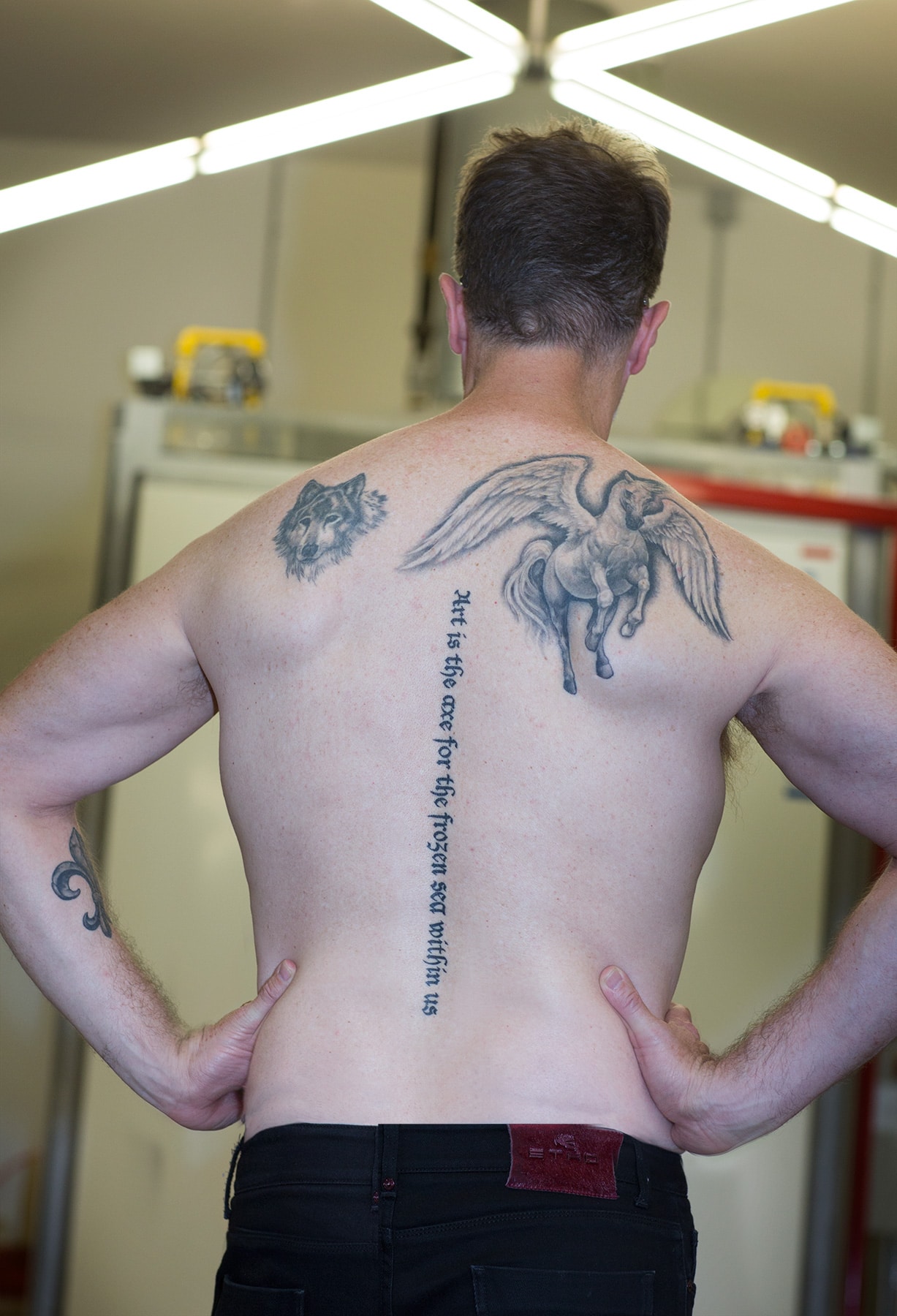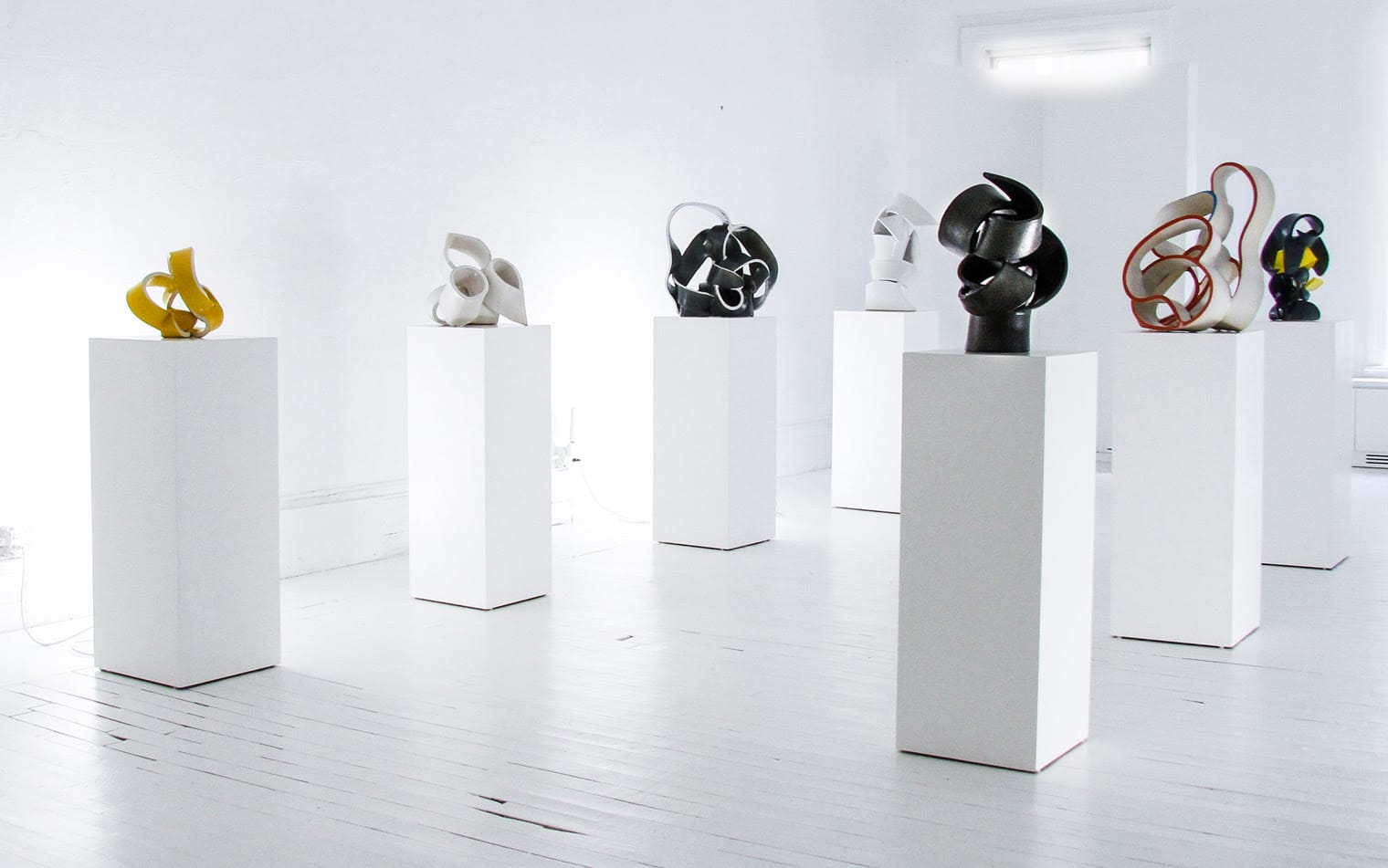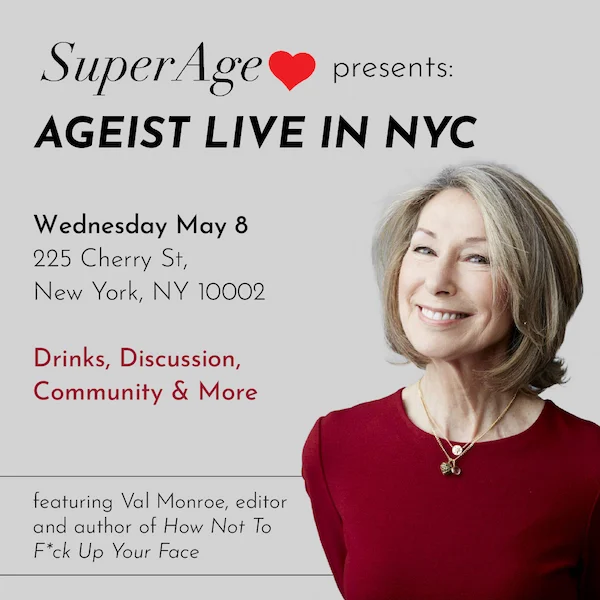
More than a decade after saying goodbye to Wall Street to follow a truly unconventional path, John Mosler still thinks about the what-ifs. They come, concretely, in phone calls – offers to take gigs that would make him the kind of bank that allowed him a lavish lifestyle for the three decades he spent working at financial firms from Solomon to Lehman Brothers.
“I’d hang up the phone and say no and I’d have a hangover for three days. And would think, ‘That was stupid, you should’ve done that,’ ” he says. “The important thing then is to go back into the studio. And I remember why I’m doing this, and this incredible gift and this incredible thing that happens for me, then I’m okay with that. I don’t want to die with a lot of regrets.”
The “gift” he speaks of is the opportunity he’s seized to turn a lifelong passion in ceramic sculpture into a full-time profession. He did so at 47, after building a reputation on Wall Street as a master at structuring global equity products, mainly derivatives. It was the pinnacle of a path that had been ordained since he was a boy by his father, the CEO of Mosler Safe Company, which provided vaults for – among others – Fort Knox.

Even in his power broker heyday John was something of an eccentric. He spent most of his money on art and donated a good amount to charity. He moved into a TriBeCa loft at a time when the neighborhood was still full of junkies and artists. It was in that loft that he built a ceramic studio, re-igniting a passion that had first sparked when he took an elective class at Princeton, with the accomplished ceramic artist Toshiko Takaezu.
After meeting her at one of her show openings, she invited him to an informal group of young artists who met regularly at her studio to work on ceramic projects. It was Toshiko who first planted the idea of him turning full time to art, in 2005. Though it meant giving up on a standard of living that had become seductive, Mosler jumped in 2007.

“This takes a lot more letting go than it did on Wall Street. I get more and more creative about how to create opportunities for people to see the work and get the work out in the world,” he told me. “That puzzle-solving experience [of his financial career] helps me think creatively about that. But as you know, art is not … like a financial institution that needs to execute XYZ hedge.”
For a man who spent a lifetime taking risk at a high level on the behalf of big financial institutions, the art world is proving trickier. On Wall Street, he had existing financial models to exploit or re-invent creatively. Here, his ceramic art is judged on the whims of a gallerist or collector. It’s not that he hasn’t had success – his work has been very well received, and he’s had many commissions – but it’s a transformation from a life in which excelling within a certain structure guaranteed financial windfall, to the uncertainty of a life spent waiting on the next commission.
“It’s just as hard as when I started on Wall Street,” he says, “to make this total commitment to something that is very unpredictable.”
And to think that Mosler chose this path – nearing 50 – from a lifetime spent in the 1 percent, it makes his venture even more impressive to me. He was a wrestler and a rugby player at Princeton, and has spent the last few years scaling mountains as exercise. But all those activities can be prepared for, and calculated to a certain degree. Art comes from within and is judged subjectively once it’s out. And it’s something Mosler’s made his peace with.
“I’d rather go for this – go for something that is fulfilling and where I feel I can make a real contribution to society through my art,” he says. “And whatever message comes through that. I’d rather go for it, and risk everything, than go back and go for something that’s more predictable.”
The ideas expressed here are solely the opinions of the author and are not researched or verified by AGEIST LLC, or anyone associated with AGEIST LLC. This material should not be construed as medical advice or recommendation, it is for informational use only. We encourage all readers to discuss with your qualified practitioners the relevance of the application of any of these ideas to your life. The recommendations contained herein are not intended to diagnose, treat, cure or prevent any disease. You should always consult your physician or other qualified health provider before starting any new treatment or stopping any treatment that has been prescribed for you by your physician or other qualified health provider. Please call your doctor or 911 immediately if you think you may have a medical or psychiatric emergency.


